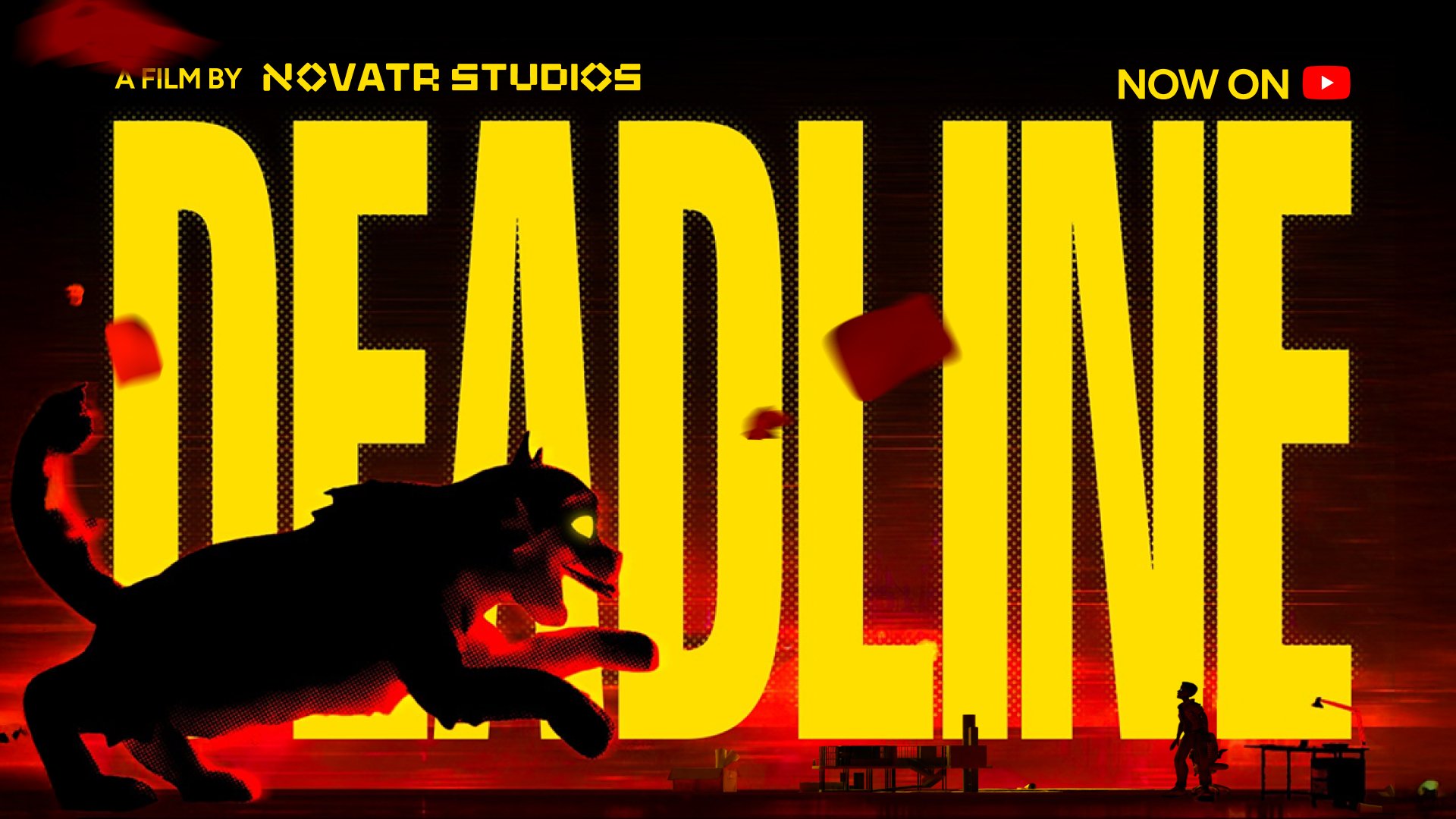
Dreaming of working at Zaha Hadid Architects (ZHA) or BIG (Bjarke Ingels Group) stamp on your resume? These global architecture/design powerhouses are known for their bold, rule-breaking architecture. Landing a spot on their team is no small feat, but it's not impossible. With the right mix of creativity, technical skills, and a stand-out portfolio, you can get there.
In this blog, we’ll break down the must-have skills and mindset that top firms, like ZHA and BIG, look for. From mastering parametric tools like Rhino + Grasshopper to showcasing strong conceptual thinking and storytelling, we’ll cover how to stand out in a sea of talented applicants.
Bonus: We’ll also give tips on what kind of projects to feature in your portfolio and how to tailor your application to their design language.
Let’s get into it.
Significance of Working at Globally Acclaimed Architecture Firms
Working at firms like Zaha Hadid Architects or BIG is more than just work; it represents an opportunity that will define your career and may even propel you into your first big break. It's a stamp of validity that will hold exceptional value anywhere in the world. They're where ambition meets opportunity, and good architects become great.
Working with these teams means being part of some of the most innovative, iconic, globally recognised projects in the industry. You surround yourself with some of the brightest architects, push design boundaries every day, and learn how to turn unconventional ideas into architectural masterpieces.
Let’s help you understand what sets these architecture firms apart in the industry.
Understanding the Firms
Zaha Hadid Architects (ZHA)
If you want to work for a one-of-a-kind, extraordinary architecture firm, then Zaha Hadid Architects is where your search ends. We are not talking about a firm that designs buildings—we mean a firm that generates designs that defy normal standards and reimagines architecture.
When was the last time you saw a building that resembled flowing water? That’s the Heydar Aliyev Centre, located in Baku, for you. Forget about the sheer size of it all; the Zaha Hadid building is an incredible wave-like structure that just defies gravity and convention.

And then there's Galaxy SOHO in Beijing. This Zaha Hadid building signifies architecture that feels alive. Talk about being straight out of the future!

Now heading over to Bjarke Ingels Group aka BIG.
Bjarke Ingels Group (BIG)
Founded by Bjarke Ingels, the studio is built on the idea of pragmatic utopianism: the belief that architecture should be both visionary and practical. BIG’s designs often start with a “what if?” and evolve into inspiring real-world solutions.
What sets BIG apart is its uniquely playful yet functional approach. Take the Amager Bakke in Copenhagen, for example, a waste-to-energy plant that also functions as a public ski slope.
Or VIA 57 West in New York, a hybrid between a skyscraper and a courtyard building that reimagines urban living.

Then there’s The Twist in Norway. Part gallery, part infrastructure, designed as a sculptural bridge that twists across a river, connecting two forest areas while housing art exhibitions inside.

Are we getting the hype now? We’ve established how influential these architecture firms are; let’s move on to how to get hired by them, shall we?
How to Get Hired by Zaha Hadid or BIG: Skills Required
Educational and Skill Requirements
To land a role at Zaha Hadid or Bjarke Ingels, a professional architecture degree (B.Arch or M.Arch) from a reputed design school is usually expected. However, that alone isn’t enough. Both firms expect technical expertise in tools like Rhino, Grasshopper, Adobe Creative Suite, and Revit.
For this, upskilling through online programs can significantly boost your profile, especially if you're learning high-demand skills like parametric design, computational workflows, or advanced rendering techniques. Platforms like Novatr provide focused courses that align with the type of work these firms churn out.
Building a Competitive Portfolio
Remember how we talked about tips on what kind of projects to feature in your portfolio at the beginning? Let’s get into that now.
For Zaha Hadid, highlight projects that show:
- Parametric design and fluid geometries
- Use of tools like Grasshopper or Maya for form-finding
- Work that explores materiality, structure, or futuristic spatial experiences
- Conceptual or academic projects that push formal experimentation
For BIG, focus on:
- Narrative-based projects with strong conceptual clarity
- Function-driven design that responds to site, climate, or social context
- Smart urban or residential interventions with clear diagrams and logic
- Projects with a multidisciplinary approach—architecture + landscape + program
Above all, make sure each project clearly shows your work process. What was the design challenge, how did you approach it, and why does the outcome matter?
Application Process
Both ZHA and BIG accept applications online through their websites or by email. They specify sharing a CV, Cover Letter, and Portfolio (PDF-U25MB).
Your Cover letter should reflect not only your experience but also your interest in their approach, whether it be the fluid, futuristic architecture(s) of Zaha Hadid or Bjarke Ingle's problem-solving, story-driven design. Plus, if you've taken a specialised course or certification, you should include that in your CV or your cover letter, especially if that specialised course enhanced your technical or design abilities related to the role.
Networking and Industry Engagement
One of the best ways to get your foot in the door at Zaha Hadid Architects is by reaching out to people who currently work there or have worked there in the past. Networking can help bring visibility to your portfolio, which is often the most challenging part of the process. Do reach out to those who went to college with, interned with, or share a mutual connection with someone at Zaha Hadid! Ask if they'd be willing to take a look at your portfolio or offer feedback.. Any sort of endorsement or reference can be helpful.
P.S. Make sure everything is easy to read and not cluttered!
Interview Preparation
Let’s begin with Zaha Hadid
- Know the Design Language
ZHA is all about fluid, futuristic, and computational forms. Don’t just say you like their work, show that you understand their design language. To be on the safer side, mention a specific project (like the Heydar Aliyev Centre) and elaborate it. - Show Your Parametric Side
Be ready to discuss your skills in Rhino, Grasshopper, Maya, or other computational tools. - Explain Your Process
Architects at Zaha Hadid want to know how you think and what your process is. Be prepared to walk them through it with clarity. Show sketches, iterations, and even failed experiments—ZHA appreciates curiosity and exploration. - Don’t Over-Rehearse
Your interviewer could be a lead designer. Having taken thousands of interviews, they appreciate originality and a compelling backstory. So, practise walking them through your work, but don’t sound like a robot. They want to know you, not just your portfolio. - Know the Research Arm (ZHCODE)
If you’ve done any research-driven or experimental design work, mention it! Their Computational Design group is a big deal internally.
Moving on to Bjarke Ingels Group (BIG)
- Understand BIG’s Thinking
BIG’s mantra is “Yes is More” and it’s not just a slogan. It’s about optimism, big ideas, and clever problem-solving. Be prepared to talk about how your designs address real-world challenges like climate, community and culture. - Be Ready for Quick Ideation Questions
Sometimes they’ll throw in a "What if?" design challenge. But don’t worry, it’s not a test of perfection; it’s about how you think on your feet. Just stay calm and be creative. - Know the Portfolio Inside Out
They’ll likely ask questions about your detailed role in group projects, so be honest and specific. Highlight your strengths, whether it's design development, visual storytelling, or urban planning. - BIG Culture = Collaborative
BIG is known for its team-oriented studio enviroment. Show that you’re open-minded, adaptable, and genuinely excited about working across disciplines, not just sketching in a silo.
Bring clarity, energy, and curiosity to the table, and you’re good to go!
Where Does Novatr Come in?
Circling back to the educational skills and qualifications that we covered earlier, it’s not always necessary that your degree will cover all the skills required to work at top architecture firms. The architecture industry is ever-evolving. This means that the tools and skills you need to learn are also rapidly updated. This is where Novatr comes in.
A one-of-a-kind online learning platform that offers programs for upskilling. Their flagship program, BIM Professional Course for Architects, is where you can begin if you feel like your skills could use brushing up.
After all, you’ve got to leave no stone unturned if you picture yourself at firms like Zaha Hadid and BIG.
Conclusion
So, our dear reader, as we wrap up this read we’ve covered what, why, and how of everything that you need to know about how to get hired by leading architecture firms like Zaha Hadid and BIG.
Take the next step and explore Novatr’s BIM Professional Course for Architects. Also, go through the Resource Page for the latest industry insights and updates while you’re at it! Stay ahead of the curve with Novatr!
Here’s to getting that big-league stamp on your resume!
FAQs
1. How much do Zaha Hadid Architects get paid?
The average salary for an Architect at Zaha Hadid Architects is estimated to be around $135,776 per year.
2. What is Zaha Hadid's style of work?
Zaha Hadid’s style is characterised by dynamic, fluid forms, often featuring curvilinear and fragmented elements and a strong emphasis on movement and spatial continuity.
3. Is Zaha Hadid an engineer?
Zaha Hadid was recognised as an architect.
4. What are Bjarke Ingels's qualifications?
Bjarke Ingels holds a degree in architecture and is a highly regarded architect known for founding the Bjarke Ingels Group (BIG).
5. How to get an internship at Bjarke Ingels Group?
To get an internship at the Bjarke Ingels Group, apply online through their website, highlighting your portfolio and your motivation for applying.
6. How many people work for Bjarke Ingels?
Bjarke Ingels Group (BIG) has over 700 employees worldwide. The firm has grown from a small team to a large global force of architects and designers.
7. How much money does Bjarke Ingels make?
Bjarke Ingels’ annual revenue is currently estimated at $234.8 million.
Was this content helpful to you










.jpg)


